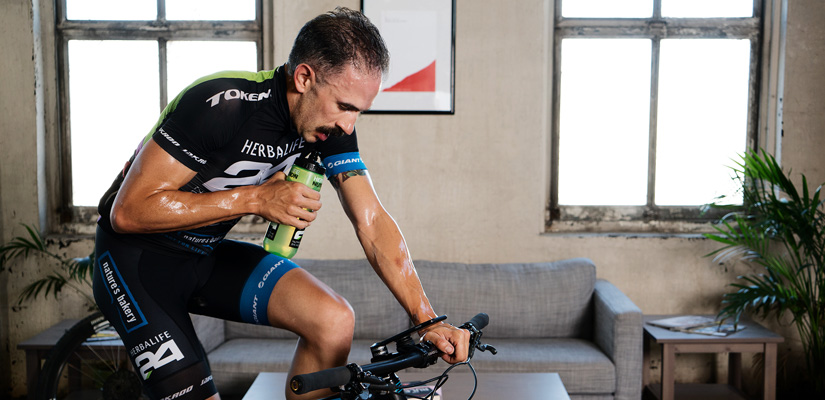Why Did My FTP Go Down Between Training Phases?

Answer: Testing days aren’t always your best days. Muscle fatigue, unpreparedness for the discomfort of testing, poor pacing, or low motivation can all lend to a lower FTP result.
When you test at a lower FTP, it commonly comes down to one, or a combination, of four things:
1. You weren’t sufficiently recovered following your recovery week.
There’s a possibility you were still carrying a little too much fatigue coming out of your rest week, too much to demonstrate your improved FTP. This can happen after just 3 hard weeks of training, so it stands to reason that it’s even more likely to occur after 5 weeks of training, especially if you’re coming out of a high-volume plan.
If you think this is the case for you, consider recovering for an extra day, most likely on the bike at a low intensity (40-60min <60% FTP) and giving it another go the next day.
2 . You went into your test a bit unprepared for the “discomfort” of testing.
Often enough, a recovery week followed by a day off (Monday) is relatively so much easy riding that it leads to some flat all-out performances. If you think this might be the case, you can try flip-flopping your Tuesday and Thursday workouts such that you have a hard workout in your legs (even if it’s at your old FTP) before you try to assess FTP improvement.
Something else to consider is the possibility that a hard day’s workout — and an assessment is a really hard day — needs a bit of a primer beforehand. Something along the lines of an openers work out like Truuli or Scott Peak can be really useful in terms of mentally and physiologically bracing a rider for the arduous nature of an assessment. This should be done on the preceding day/Monday assuming they’re rested and ready to do some work.
3. You paced poorly.
When expecting improvement, riders often pace poorly by going out too hard based on their high expectations. You’ll know if this is the case when you assess your completed workout graph. What form do the lines take? Ideally your graph should be a subtle smile. It starts a little high because of your excitement, then you settle in and even out, then finish just a little high.
If your graph makes a more pronounced smile, it’s an indication that you went out too hard, settled in too long because of that initial burnout, then had too much left to give toward the end so you drilled hard the last few minutes. That’s not a good example of a steady-state effort.
If you let your high expectations get the best of you during testing, this does not mean you have to reassess. If workouts in your new phase of training feel too easy as a consequence of not pacing well, increase the intensity of your workouts by manually bringing up your number 2 to 3 percent each workout. You shouldn’t have to do this more than 1-2 times before you start to feel that the workout more accurately matches its description and your new FTP.
4. You simply had an off day.
Sadly, sometimes the tougher days fall on an assessment day. If you feel this is the case, I recommend testing again after an extra day or two of easier rides. Even though it comes at the expense of a workout or alternatively, you can apply a best-guess estimate of improvement and see how your first couple of workouts go.
Recommended Resource
For more answers to your cycling training questions, listen to the Ask a Cycling Coach podcast presented by TrainerRoad. New episodes are released weekly.